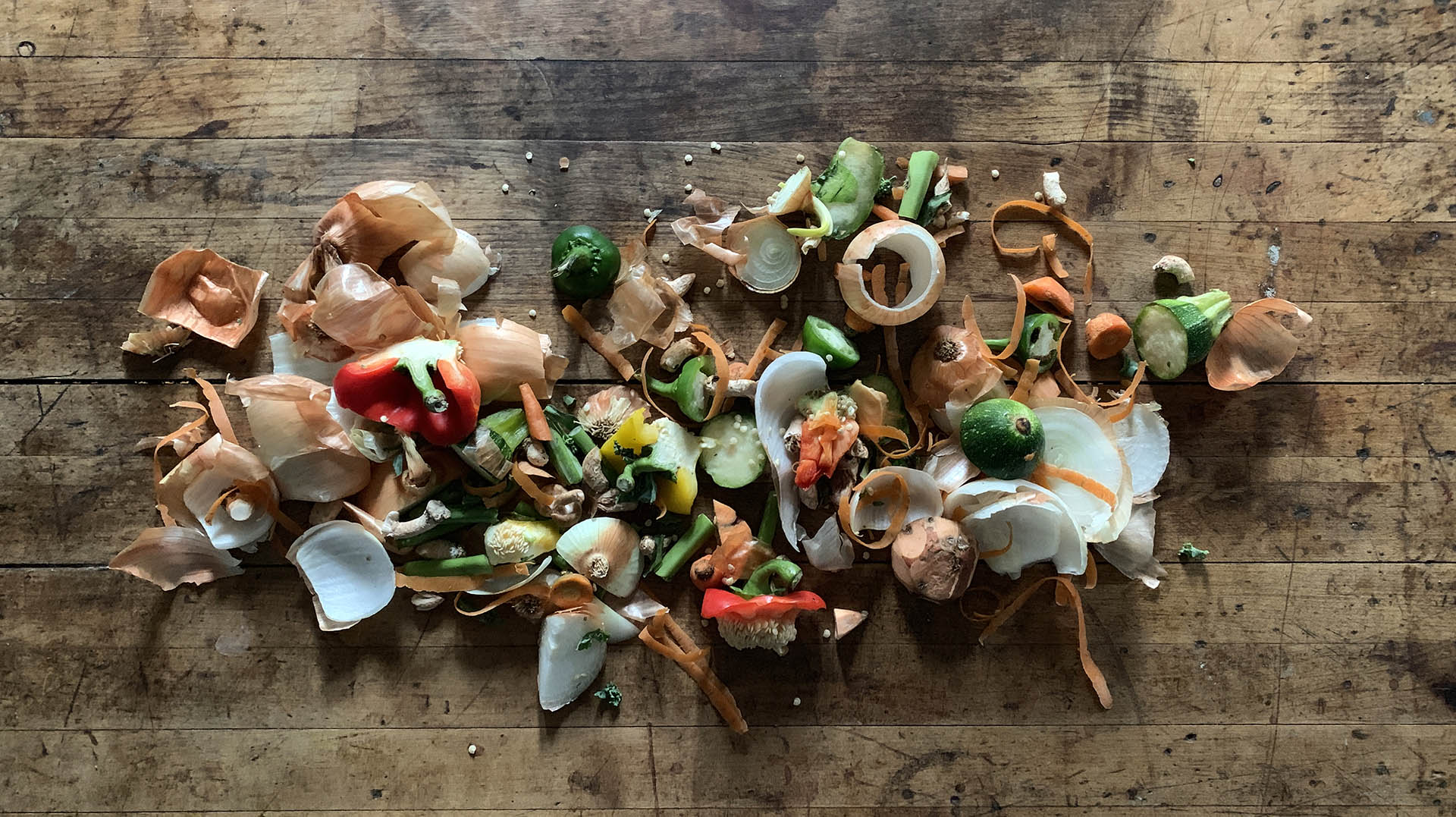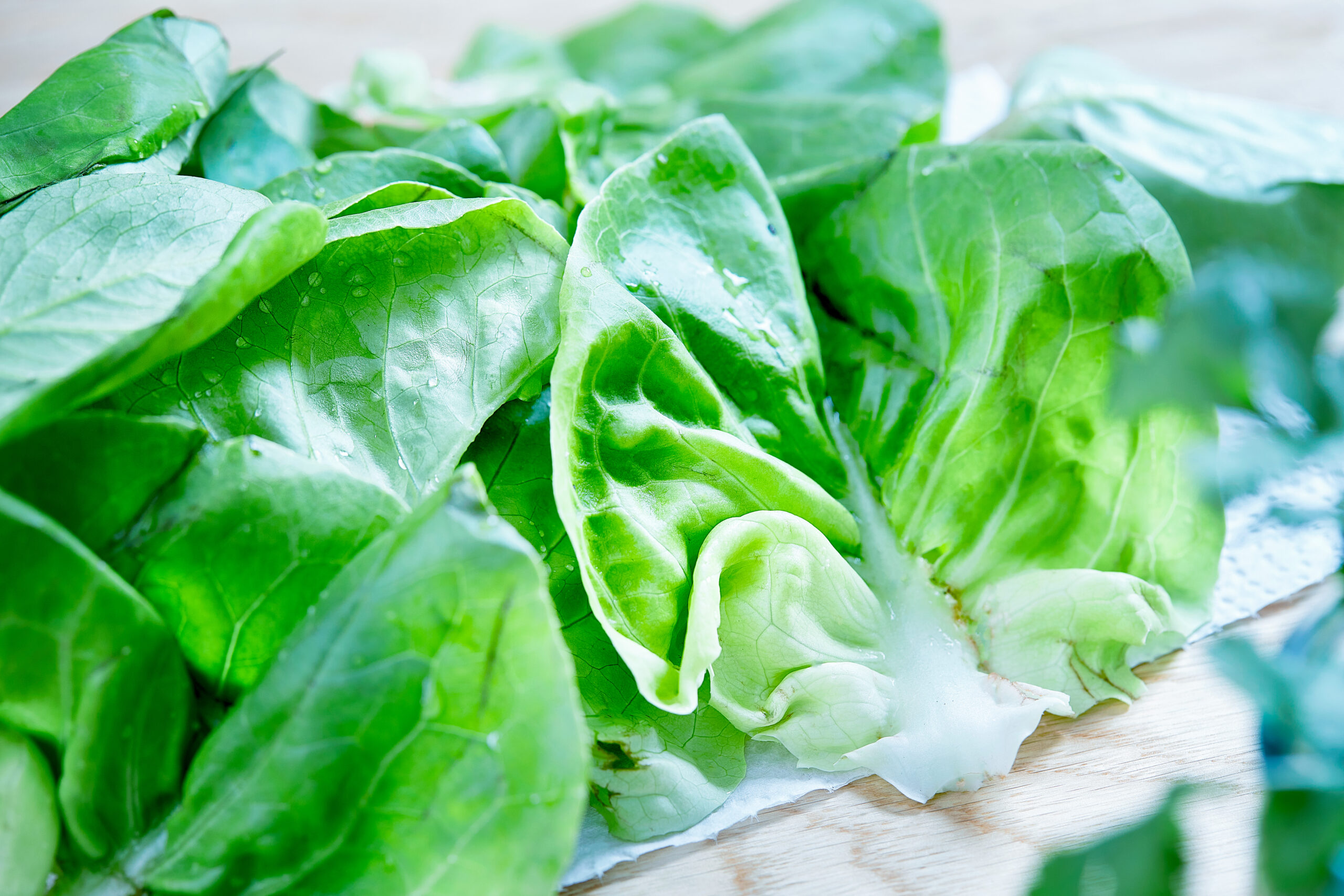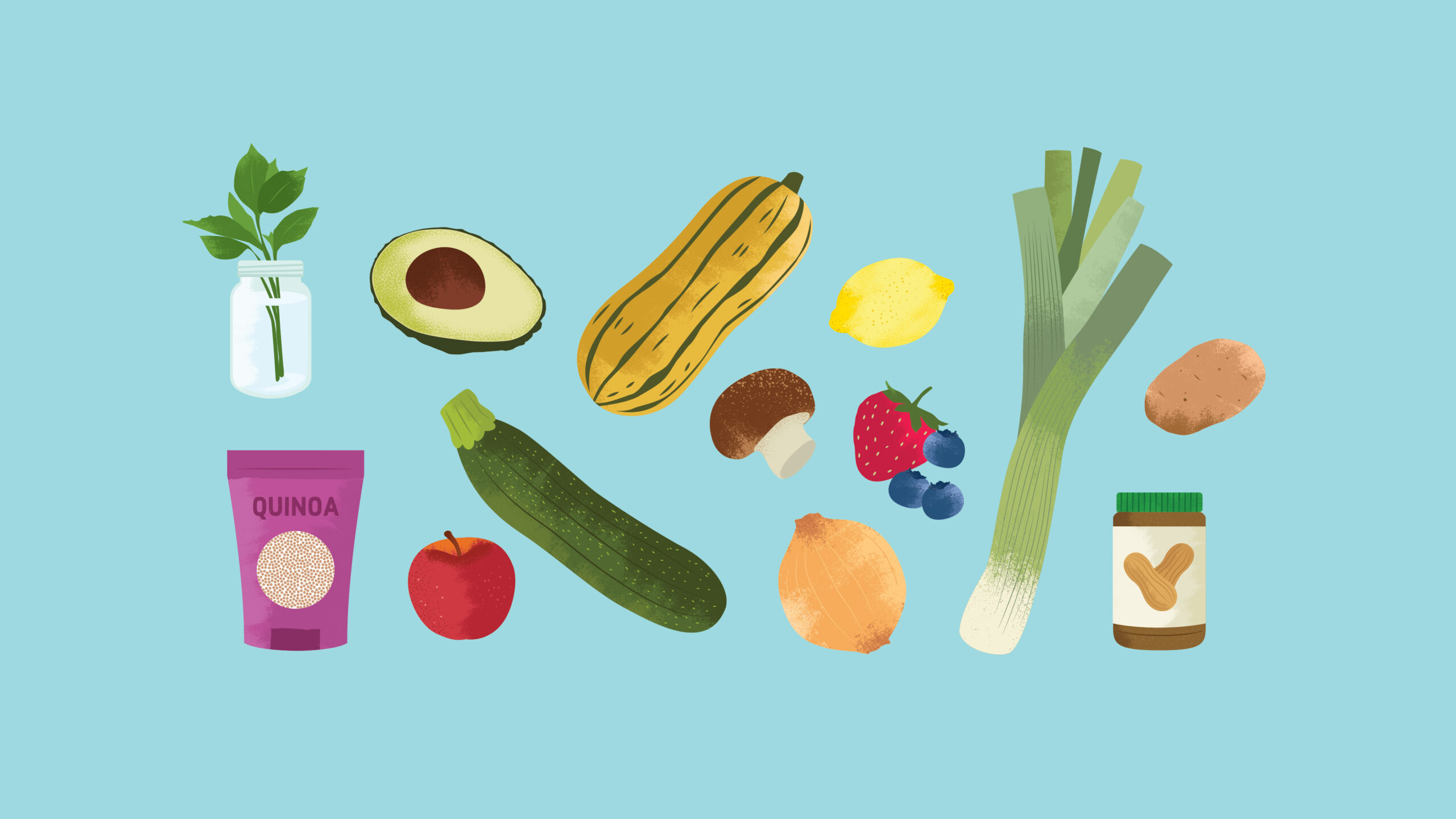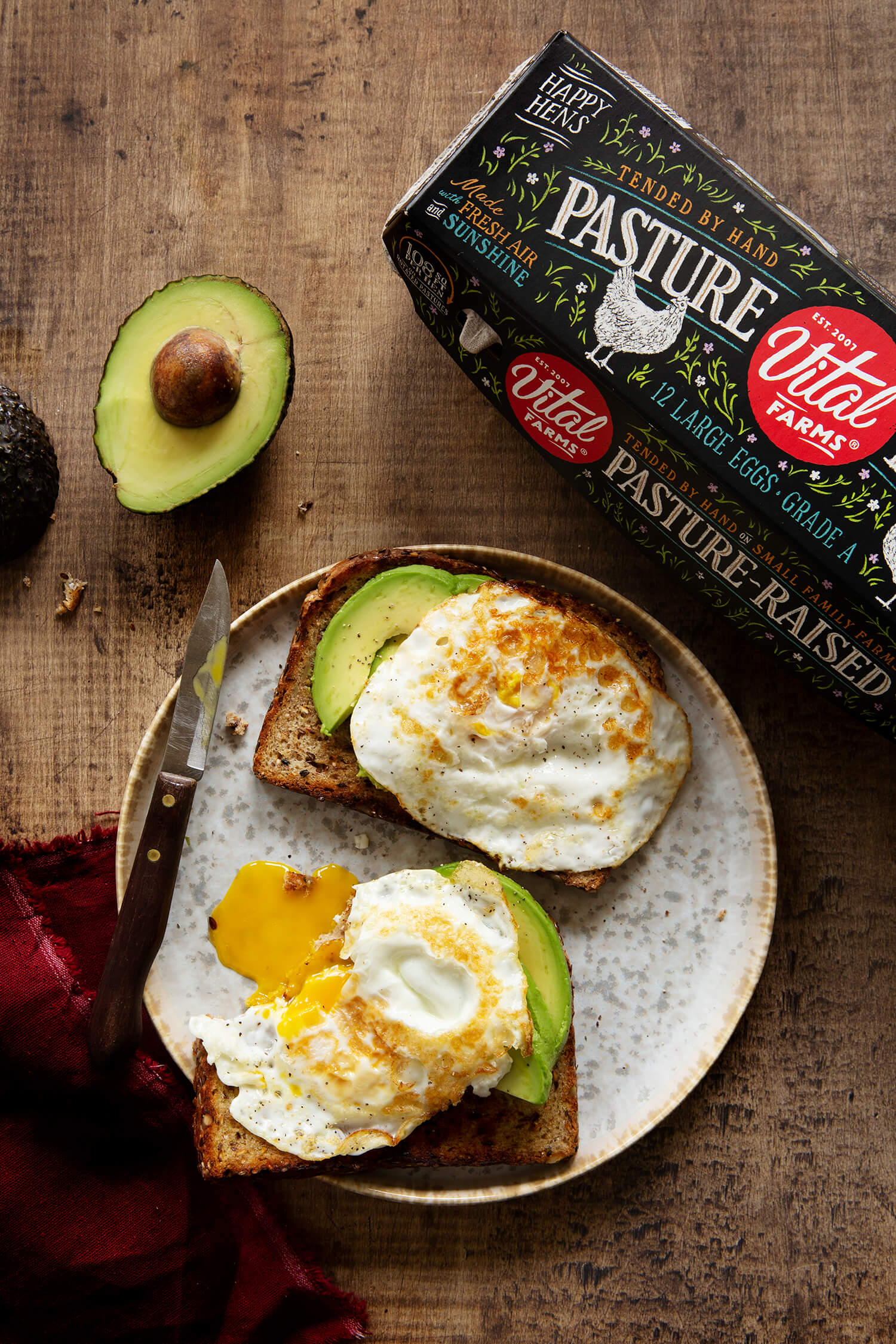Ever wonder what a celery root is? Wonder no longer! Root vegetables like carrots and potatoes have long been beloved kitchen staples, but what about their less popular relatives? Knobbly, unwieldy, and often still dusty from their time underground, they can be intimidating if you’re never cooked one before. Get to know your roots with this rundown, and take your fall & winter produce game to the next level.
Turnips
Tastes like: Earthy, somewhat savory flavor with a hint of bitterness.
Best ways to eat: Turnips can work as a stand-in for potatoes –roast ‘em, mash ‘em, and stick ‘em in a stew and you’re in for happy dinner guests. When roasted or browned their sweet flavor shines through, which compliments their earthy bitterness nicely. Raw, they play well in a salad. When in doubt, remember that we can pickle that!
Friendly Flavors: Leeks, mustard, honey, citrus, vinegar, gamey meat dishes like lamb and duck, earthy cheeses
Cook this: Turnips with Bacon and Pickled Mustard Seeds
Radish
Tastes like: Super crunchy, with a peppery bite!
Best ways to eat: Radishes are most iconically served raw with a pinch of salt and butter or as a crunchy salad garnish. Raw, their zesty flavor and fresh crunch pair well with richer ingredients, hence the butter and their popularity as a side dish for tacos. Radishes excel at cutting through savory flavors and add a zesty bite. They’re also great in a braised dish or roasted, which makes them sweeter. Don’t forget that radish greens are edible. They’re super healthy and taste like arugula!
Friendly Flavors: Rich flavors like butter, cream cheese, and fatty meats, chives, mint, parsley, vinegar, thyme
Cook this: Roasted Radishes with Brown Butter, Lemon, and Radish Tops
Herby Black Rice Salad with Radishes and Ricotta Salata
Parsnips
Tastes like: Subtly sweet with undertones of warm spices and anise.
Best ways to eat: Parsnips offer a mild, delicate flavor that lends itself well to being pureed for a creamy potato substitute and/or as a team player in a seasonal soup. They’re also delightful roasted or in the mix at the base of a slow-cooking meat dish.
Friendly Flavors: Warming spices (cinnamon, clove, allspice), honey, hard herbs like thyme and rosemary, other sweet produce like apples and carrots
Cook this:
Roasted Parsnip Soup with Walnut Pesto
Jicama
Tastes like: Slightly sweet, refreshing, and very crunchy, halfway between a tame radish and a slightly starchy Asian pear.
Best ways to eat: Jicama shines at adding texture. Best eaten raw, it’s awesome grated or cubed in salads, salsas, and slaws. It can also retain its crisp texture if cooked briefly – consider tossing it in at the end to brighten up a stir-fry.
Friendly Flavors: Lime juice, chili powder, hot peppers, vinegar, paprika, cilantro, avocado, pumpkin seeds
Cook this: Golden Beet and Jicama Salad with Creme Fraiche
Shrimp, Lobster, and Jicama Salad
Celery Root (aka Celeriac)
Tastes like: Earthy flavor tinged with the magically concentrated sweet and herbaceous qualities of a celery stalk. Fun fact: Celery root is not the root of the celery plant that we normally eat, but rather a special type of celery plant selectively bred for its awesome roots.
Best ways to eat: Like jicama, celeriac works well raw, shredded in a slaw. It’s also amazing in veggie soups, especially in the company of potatoes, celery, and leeks or onions. The easiest way to make it taste amazing is to peel, cube, and roast at 400F until tender and aromatic.
Friendly Flavors: Butter, apples, cream, lemon juice, potatoes, thyme, mustard
Cook this: Celery Root and Apple Soup
Have multiple root vegetables around? Combine them!
These roots help each other shine! Get inspired to mix and match them with these recipes:
Wild Rice and Root Vegetable Casserole
Jicama, Radish, and Pickled Plum Salad
Duck Breast with Mustard Greens, Turnips, and Radishes
Photo by Colette Krey.









